The program given for Veterans Day was one of the most moving programs I have attended in a long time. Maybe it is because I know these men and have seen first hand how much they have given to our community and maybe it is because we are down to six.
The speech that was given by Mike Wooley and what he shared with us about each of these men bears repeating. Please share with your family and friends, there is a legacy of honor and commitment that we need to hold onto through the years of telling the stories of the brave men and women of Roosevelt County. We have a lot to be proud of.
And Then There Were Six by Mike Wooley
It is an honor to stand before you today. I am the son of a Roosevelt County World War II veteran so the people to my right are special to me. I went to school with their kids, played sports with them and graduated from school with them. So what I am about to say comes from the heart.
World War II was the mightiest struggle mankind had ever seen. It killed more people, cost more money, damaged more property, affected more people, and caused more far-reaching changes in nearly every country than any other war in history. The number of people killed, wounded, or missing between September 1939 and September 1945 can never be calculated, but it is estimated that more than 55 million people perished.
When the war ended, more than twelve million men and women put their uniforms aside and returned to civilian life. They went back to work at their old jobs or started small businesses; they became cops and firemen; they finished their degrees or enrolled in college for the first time; they became school teachers, businessmen, farmers and ranchers.
The WWII generation shares so many common values: duty, honor, country, and personal responsibility. We owe our World War II veterans a special debt … a debt we can never fully repay.
Many Roosevelt County men and women joined the military in World War II. Let me give you a few facts to the sacrifice families endured.
Over 500 people volunteered from Roosevelt County.
One family had 6 siblings that served in the War.
Four families had 5 siblings that served in the war.
And, 19 families had 4 siblings that served during World War II.
There were absolutely no families in the county that did not have someone serving or were kin to someone that served during World War II.
Of the over 500 who served, eighty-six paid the ultimate sacrifice and were killed in World War II.
We started with the over 500, so today is special for Roosevelt County and the American Legion Post 31 is humbled in honoring the remaining Roosevelt County veterans of WWII. There are just six.
Our first is Joe Blair.
Joe Blair was born October 15, 1925 in a farmhouse close to where the Portales Country Club currently stands.
Joe was raised on a farm west of Portales across from the H Bar Ranch and along with his cousins the Hahn’s explored and hunted Roosevelt County.
As a kid growing up, he and Jim Warnica spent a lot of time hunting arrowheads. On Saturday they spent 10 cents to watch a western at the Yam Theatre. Then they would head to Wimpy’s for a 10 cent hamburger and 5 cent coke.
Now we have heard of Joe’s great adventures as a hunter, but the best was when he used a bow and arrow getting his limit on none other than a bunch of skunks. He and his friend Merrell Gibson not only shot, but skinned and roasted them. The following day Joe and Merrell brought them to school daring the rest of the students to “eat just one” … I’ll make a bet they didn’t taste like chicken.
At the age of 17 Joe joined the U.S. Navy October 16, 1942. He served both in the Atlantic and Pacific. Gunners Mate Blair fought in the battles at Kiska, Attu, Tarawa, Hollandia, Palau, Truk, Saipan, Guam, and Okinawa. He served aboard the USS Farragut and the USS LSM 443. Gunners Mate Joe Blair was discharged February 21, 1945. Our commander will share more about Joe later in the program.
Our second WW II honoree is George Hay
George Hay was born in Roswell, NM January 24, 1927. He grew up in New Hope, NM. George said he grew up on the family ranch, working, hunting, but most of all just being a boy.
He graduated from Dora High School in 1945 and was drafted in the United States Army August of 1945 just after he turned 18. This was just as the war in the Pacific was ending. Hiroshima was bombed on Aug 6, 1945 and Nagasaki on Aug 9. George trained at Ft Bliss, Camp Bowie and ended up at Ft. Lewis, Washington September 1, just one day before the official Japanese surrender aboard the USS Missouri September 2. He sailed overseas May 26, 1946 and was assigned to Yokohama, Japan with the 8th US Army working the occupation forces assignment.
On weekends, he always had access to a jeep and he explored Japan. He said he got pretty close to the top of Mount Fuji with his jeep. He was also able to use it to climb steps on buildings in Tokyo.
George’s great aunt wrote him all of the time and her husband was from a family that had been missionaries in Japan. His great uncle introduced him to two young ladies who were kin to him … they worked in either the British or American embassy in Tokyo. On several occasions George met up with them. He said that they really liked to party on the weekends, but they were a little too wild for a boy from rural Roosevelt County.
After his discharge in 1947 George returned home to help keep the ranch going. George is an American Legion member as well as a Mason.
Our third honoree is Charles William Roberson
Charles Roberson was born in Dougherty, OK July 10, 1925.
He attended 7 years of school in Clayton, OK, before the family moved to Portales, NM where he began working at Prices Creamery from 1943 to 1945. During that time Charles drove 1 ½ ton trucks to pick up cans of milk over rural routes and leave empty cans. He averaged a hundred miles daily over rough roads.
Charles was drafted into the U.S. Army Air Corps March 11, 1945. He went through basic training at Camp Hood, Texas and sailed for the Pacific Theatre August 14, 1945. He was stationed on Iwo Jima serving with the 20th AF, 624th Aircraft Control Warning Squadron.
Iwo Jima was critical for basing of US fighter escort for the strategic bombing of mainland Japan. Little did Charles know the experience of driving for Price’s Creamery proved to be invaluable as he drove 2 ½ ton trucks to haul water from purification tanks to the company area.
He drove over rough terrain during night and day while constantly under the threat of snipers. In addition, he was responsible for the condition and repair of the trucks in his spare time. He was awarded the Asiatic Pacific Campaign Medal and the WWII Medal. Charles separated from the Army Air Corps at Camp Beale, California December 26, 1946 holding the rank of Corporal.
Our fourth is Carl Richardson
Carl was born July 25, 1921 nine miles north of Clovis in a half dugout. The family later moved to Portales where he graduated from high school in 1940.
In the fall of 1940, he attended ENMU on a football scholarship. On Friday Dec 5, 1941, he was in a history class taught by Dr. Ira Idhe, who told the class, “Enjoy your weekend because when you come back Monday we will be at war.
As America entered the war, Rex Hudson, Walter Case, Dolphus Blackard, Bill Kenyon, and Carl decided that they would join the navy. Since none of them had a car, they decided to hitch-hike to the recruitment center in Amarillo. By the time they got there, it was 5:00 and the navy office was closed. However, the Coast Guard office was next door and the recruiter there quickly convinced them that they should join the Coast Guard.
They were shipped to Jefferson Barracks in New Orleans for training. It was also here that he met the Company commander, Lawrence Matthews, who was in charge of the company softball and football teams.
Carl was quickly recruited for the softball and football teams.
They were subsequently shipped to Galveston, Tx.
Houston was a major port for shipbuilding and upon completion and were sent to Galveston awaiting dispatch to their fleets. Most of these ships would find their way to England. Carl’s duty was shore patrol guarding these ships as there was always the possibility of an attack.
He and eleven others were sent to an old Civilian Conservation Corps camp near Beaumont, TX to disassemble barracks buildings and reconstruct them up and down the coast. These barracks would be used by small detachments of Coast Guard and Navy troops who were guarding the gulf shoreline.
Carl signed up for a radar school in San Diego and was there for about three months before being transferred to San Francisco. Guess who was there waiting for him – Captain Matthews. They had an amazing football team that played against other military teams as well as many college teams. Their team defeated such teams as So Cal, Stanford, and the San Diego Marine team.
During this time, Carl studied the Coast Guard manual and applied for officer training school and was accepted.
Carl waited for officer training school for over a year and a half; he was still waiting when he was discharged in June of 1945.
Carl said, “I make no pretense of being any war hero. I just went where they sent me and did what they told me.” I think this is just typical of the attitude of the “Greatest Generation”.
“Whether you were a farmer out gathering scrap iron, or a housewife who went to a shipyard to build war ships, everybody was for the cause.”
Our fifth honoree is Jim Warnica
Jim Warnica was born in a Clovis, NM hospital on July 31, 1926, then returned to his home in Portales. He graduated from Portales High School in 1944.
As a teenager in junior high in the late 1930s, Jim would hitchhike almost to Roswell to hunt arrowheads and hope a car came by to take him back to Portales.
According to Jim, his greatest achievement was surviving what some people called the Great Depression when people were so terribly poor. Jim called it “hard times.” He remembers seeing “Black Sunday” roll into Portales during the dust bowl years and a metal cup hanging on a pump at the town square for everyone to get a drink.
Jim joined the United States Navy in the summer of 1944, after basic training he deployed to the Pacific. He participated in the invasion of Okinawa where the biggest danger was the Japanese suicide planes. He served on the USS Teton and the USS Hanna. His communication ship, the Teton, was anchored in Tokyo Harbor where he saw the dignitaries (MacArthur, Nimitz and Hasley) boarding the USS Missouri to sign the peace agreement ending WWII. He was discharged June 3, 1946 as Radarman Second Class.
Jim returned home and has spent his life exploring the history of this county. His quest is well documented in the book, History of Roosevelt County. In fact, Jim wrote Chapter II archeology of the area. Jim’s teamwork with publisher Gordon Greaves of the Portales News Tribune ensured the tribune was printed daily for an audience of 14,000 readers. Our local newspaper was real news, it was the life blood of this small NM county.
Our sixth honoree is Vern Witten
Vern Witten was born June 10, 1924 in Davis County, Missouri. He graduated from Trenton, Missouri in May 1941. When asked what he remembered about school his quote was, “to go to school it cost $3 a month and you must maintain a grade of C … his dad said, if you can’t do that, you can come back to the farm and work”. That was quite an incentive. As a matter of fact, it was such an incentive he graduated as the valedictorian.
After his 18th birthday Vern was drafted into the United States Army June 10, 1943. After basic and advanced training he was assigned to the 23rd Signal Service Company at Camp Bluey West One, Greenland as a ground signals specialist supporting the B-17 mission in Europe. For us unknowledged in the Army, he was responsible for all the land lines, telephone poles from point a to point b. If it was hard wired, it was Vern’s responsibility.
When asked what his most memorable event was, he said in June 1945 the wind blew for 30 straight days with winds constantly at 75mph with gusts over 100. It blew so hard it untethered a B-17 lifting if off the tarmac and only damaged one strut after landing. It blew so hard, it blew Vern off his feet and if it were not for the cable that was used for emergency use around the perimeter, Vern would have been blown into the ocean.
Vern was discharged in 1946 as a Staff Sergeant. What most people don’t know, he was among a select few called back to service for one year during the Korean War.
Vern came to New Mexico in 1955 teaching math at Carlsbad and to Eastern New Mexico University in 1964. He taught math for 26 years at Eastern.
Ladies and gentlemen … our remaining 6.
If there was anything that stood out from the interviews of these six brave men it was two things; One veteran claimed their greatest achievement was surviving the Great Depression when people were so terribly poor. He remembers seeing “Black Sunday” roll into Portales during the dust bowl years and a metal cup hanging on a pump at the town square for everyone to get a drink.
One veteran said “I make no pretense of being any war hero. I just went where they sent me and did what they told me.” I think this is just typical of the attitude of the “Greatest Generation”, to whom we are so highly indebted.
I close with these words, the U.S. Military is us … yesteryear, today or tomorrow. There is no truer representation of a country than the people that it sends into the field to fight for it. The people who wear our uniform and go into combat are our great grand parents, grandparents, parents or kids, and our job was, is and always will be to support them, because they protected us and are protecting us … so when you see someone around town in uniform, go up and shake their hand and thank them for serving our country. They are someones children or parent … most important, they are us.
Thank you.








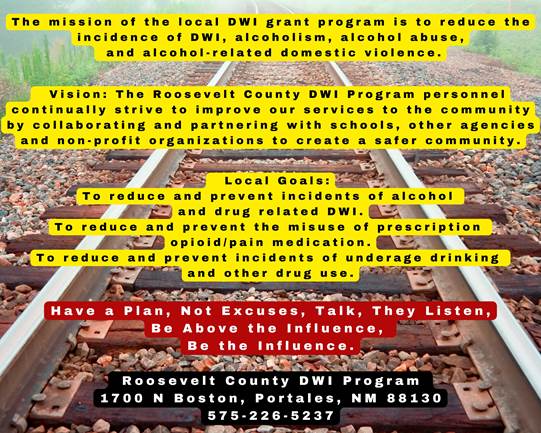
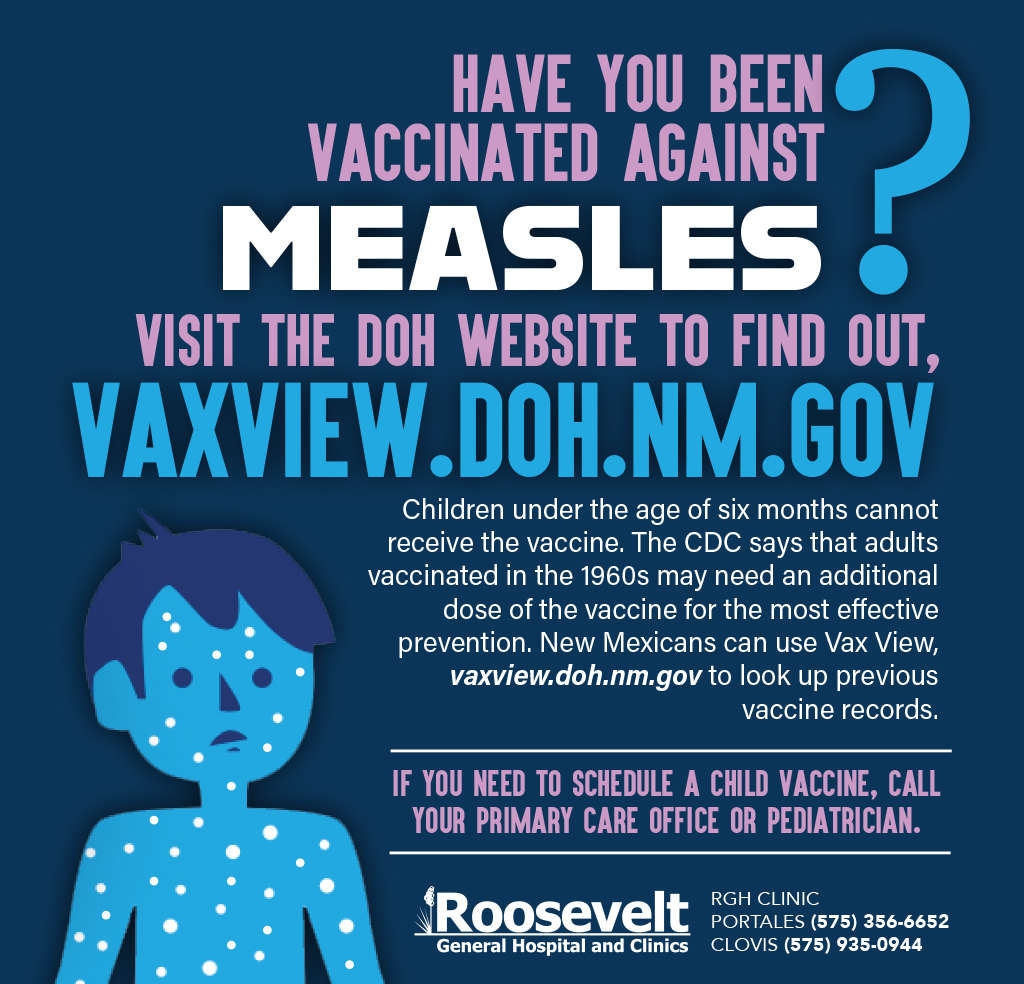












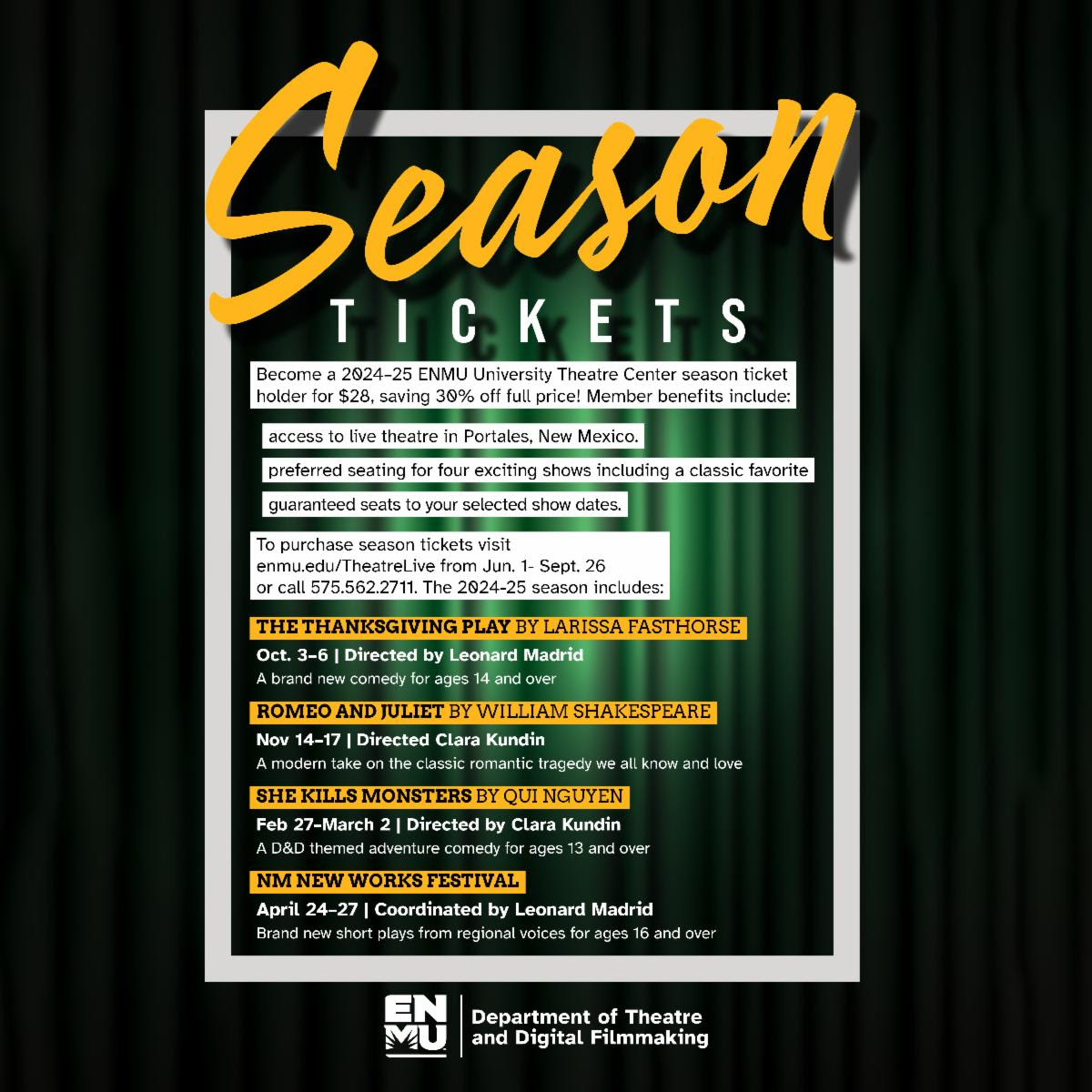

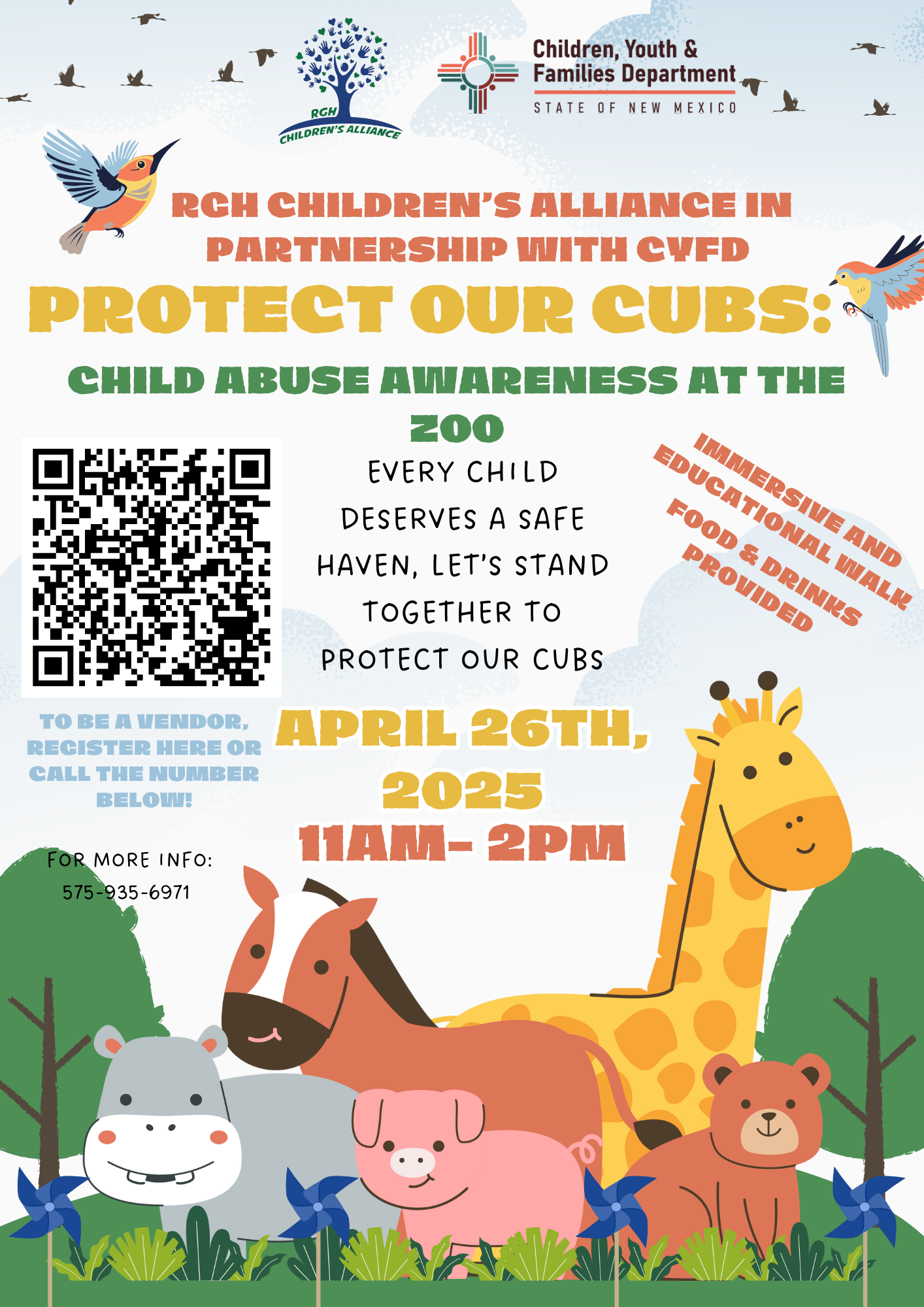









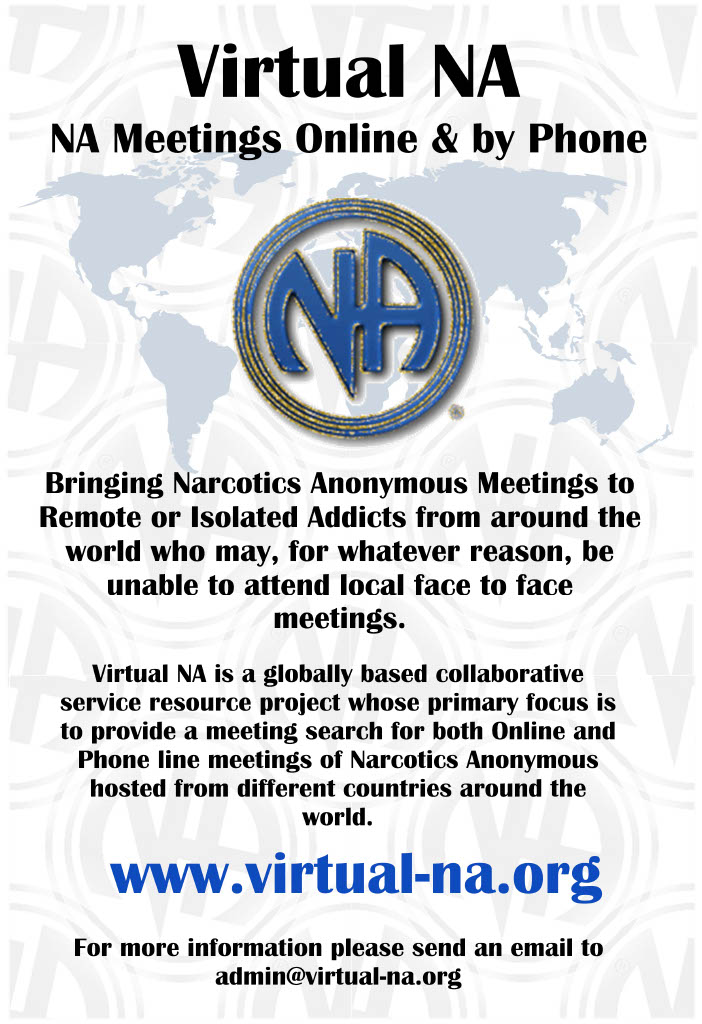




good to see Country Carl Richardson…. proof that exercise and diet can make a real life difference…. about golf ,, he said “it’s not how good your good shots is… it is how bad your bad ones are….